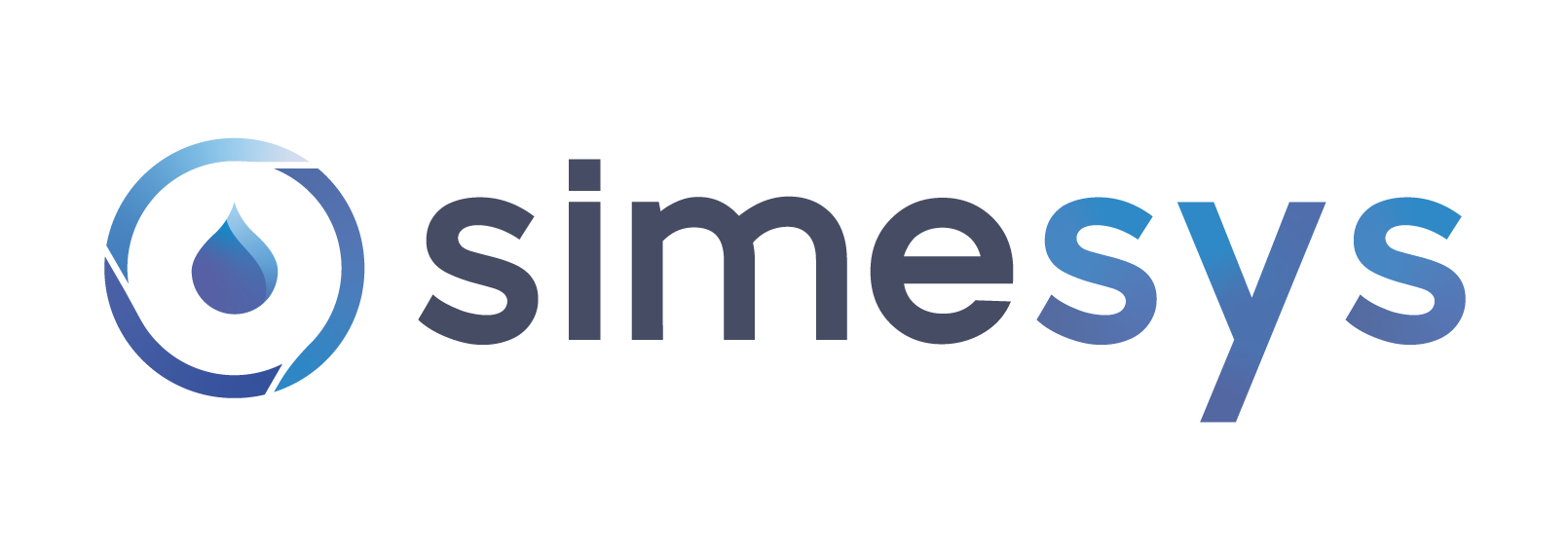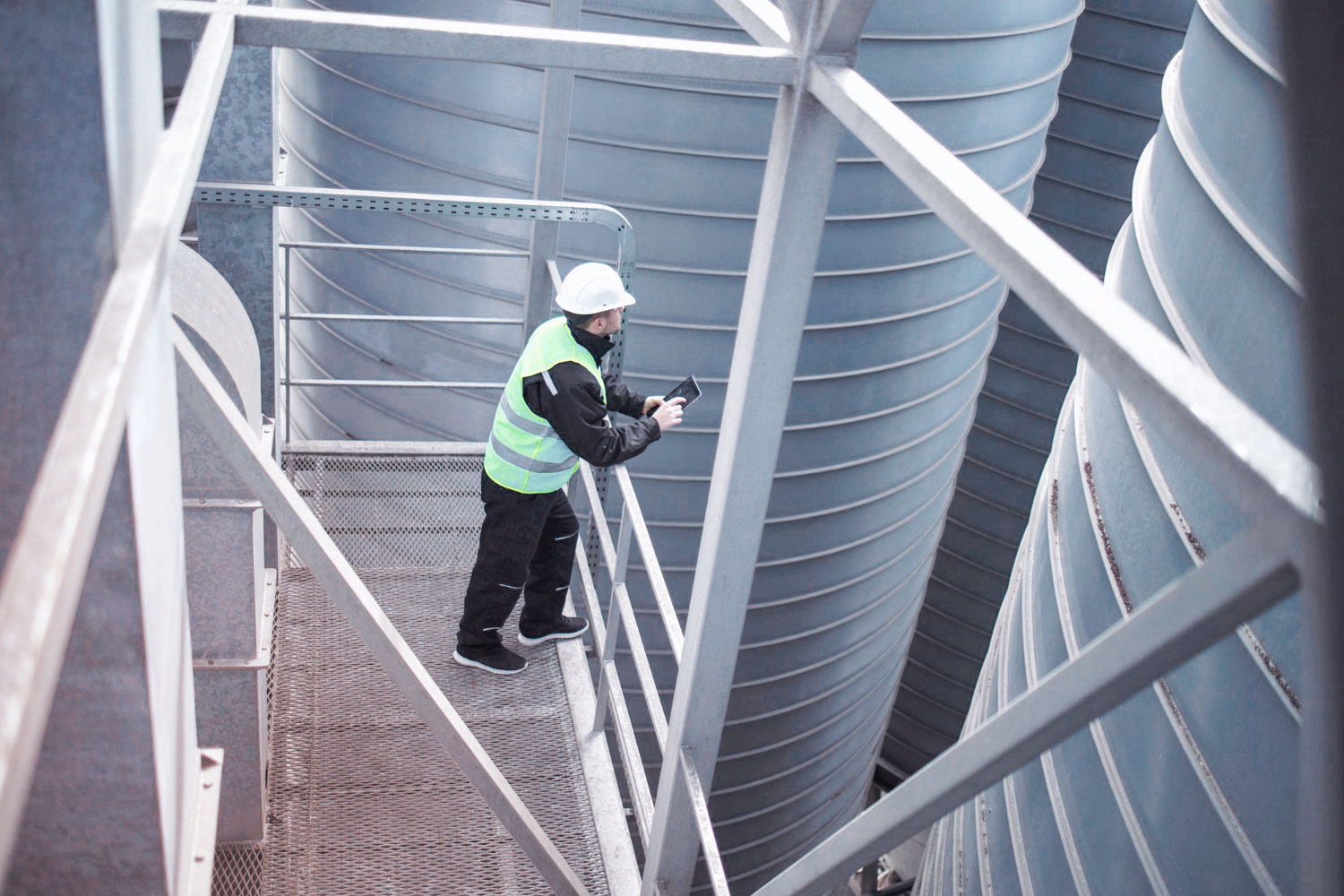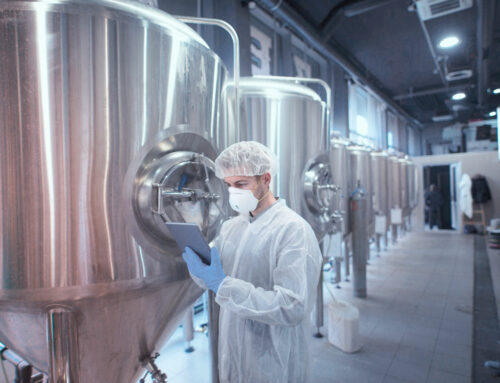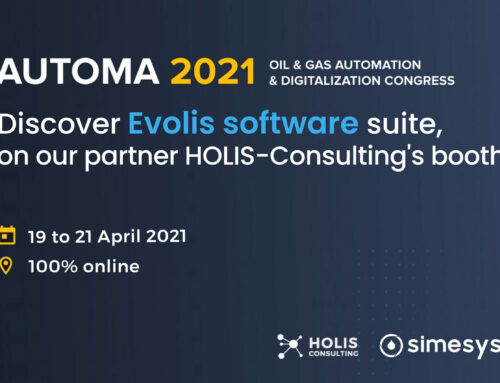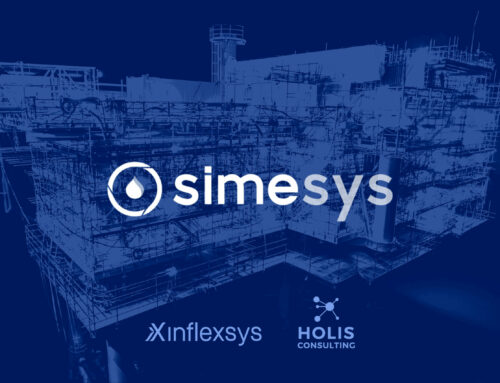Maintaining industrial infrastructures in good working order, whatever the field of activity (chemicals, petrochemicals, gas, food processing, etc.), is a key for the companies concerned. The safety of people is the priority, but so is respect for the environment, the continuity of production processes and the availability of equipment.
In this context, the implementation of a structured, standardised industrial inspection approach that guarantees the reliability of the information collected is not an option. Even if the inspection of industrial infrastructures and equipment is a very specific profession (due to the often complex conditions in which it is carried out), it is not immune to the digitalisation that is gradually spreading to all sectors of industry.
Depending on the sector and the objectives, the benefits of digital inspection can be very different. However, 3 of them are common to many industries.
Let’s look at this in more detail.
#1 Optimise exchanges between the field operator and the back office during an industrial inspection
Inspection work involves the use and production of a lot of paper. The inspector, during his visit, takes notes as he carries out checks, completes his report, takes photos, etc. and then re-enters all the information collected when he is back at his computer. There are many risks involved: the risk of being wrong, skipping stages during the inspection, making mistakes when copying, etc., not to mention the time wasted by this re-entry.
The implementation of a digital industrial inspection management solution reduces this risk and optimises inspection time. The total inspection time is reduced by approximately 40%, with 50% saved in preparation, 15% in execution and 65% in reporting. This time saving results in significant costs savings during inspections.
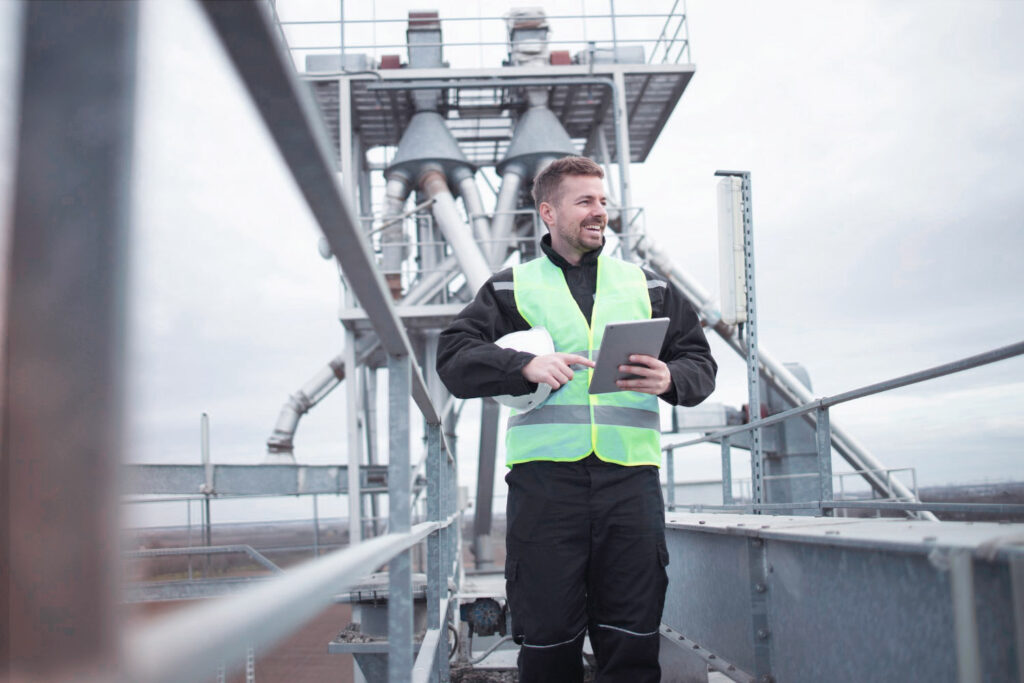
#2 Provide more comfort to inspectors during their on-site inspections
When you have to inspect high or difficult to access installations, having to handle sheets of paper is a perilous task. Digital technology offers the possibility of accessing the information needed to carry out the inspection immediately on a tablet, of viewing a 2D or even 3D plan of the industrial installation to be inspected, of indicating directly on the plan the location of the anomalies observed and of enriching the inspection report by adding photos on the fly… where previously it was necessary to take several photos with his own’s telephone, then to sort the photos and integrate them into the report once they had been entered, afterwards.
An industrial inspection management application on tablet can be adapted to the working conditions of inspectors or field operators, so as not to hinder or obstruct their movements, to facilitate its use in the dark or when the need to wear gloves makes it impossible to use a keyboard.
#3 Standardize the way industrial infrastructure inspectors describe what they see
We see this in our daily work: there are many ways of describing what we see. Each inspector has his own, which does not facilitate the processing of the data collected, and can be problematic when the anomalies observed require the organisation of maintenance operations.
Digital technology makes it possible to restrict the choice of answers thanks to drop-down menus and specific answer codes. It offers the possibility of setting up a “workflow”, i.e. a sequenced list of tasks to be carried out from which there can be no deviation.
Finally, it leads to a better structuring of the inspection, a standardisation of the reports, thus guaranteeing the relevance and quality of the information entered, while reducing the risk of human error or omissions.
Digitising industrial infrastructure inspection operations provides the means to optimise inspection time, facilitate the work of inspectors on the ground and increase the quality of reporting by making the information collected more reliable. Ultimately, this digitalisation allows field operators to save time while focusing on their job and, for manufacturers, to make significant cost savings.
Would you like to know more about our solutions?
Let’s have a chat over a coffee!
